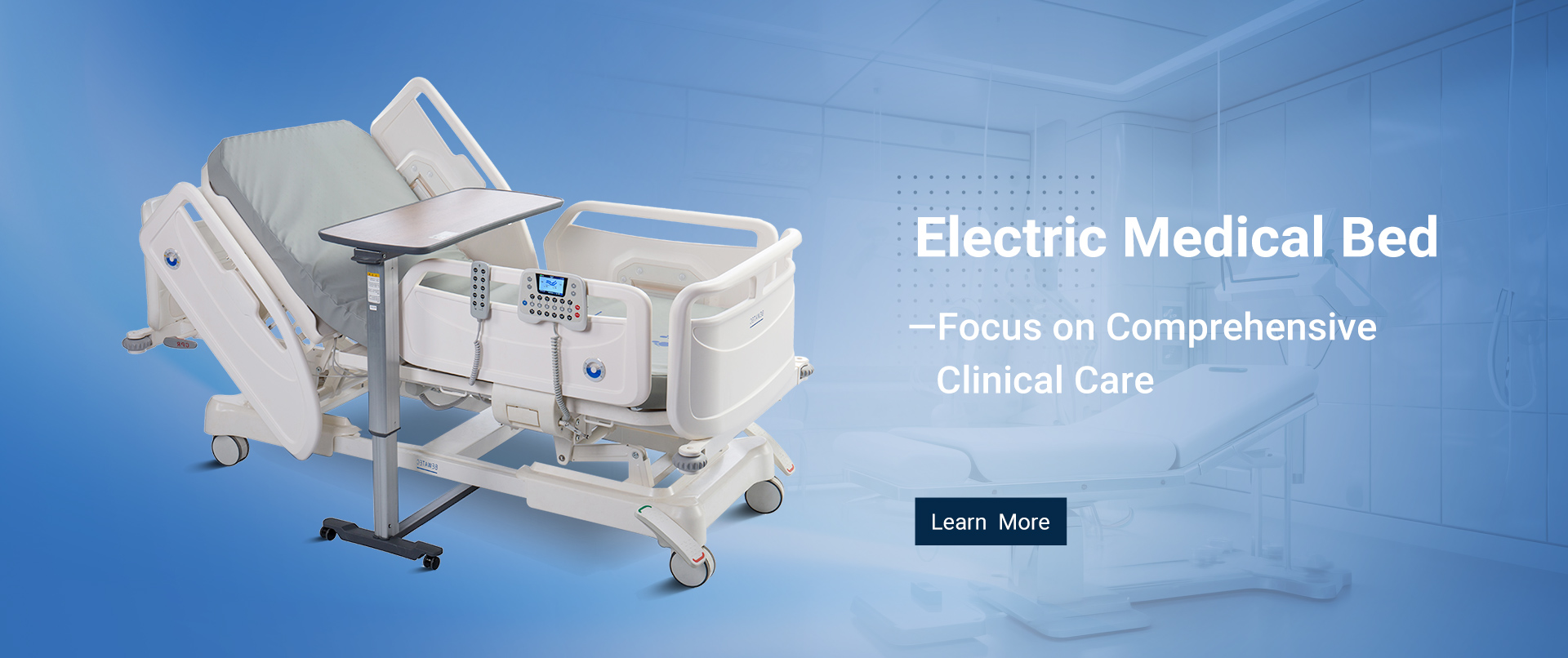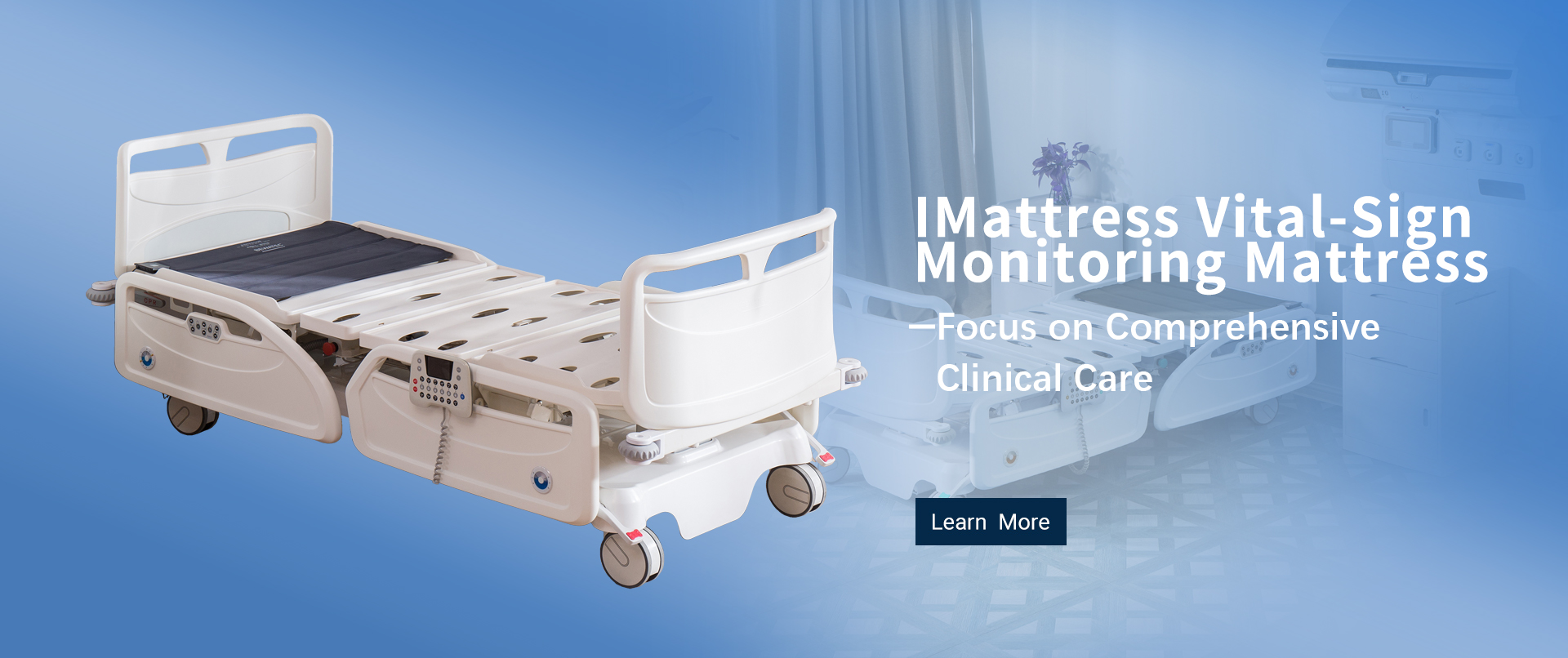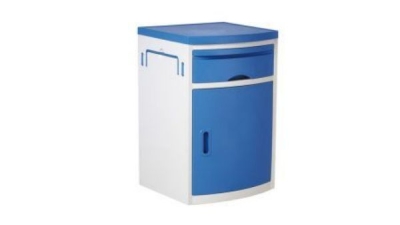
Ultimate Checklist for Choosing the Best Hospital Hospital Bed for Your Healthcare Facility
Table of Contents
- Key Features to Consider When Selecting a Hospital Bed for Patient Comfort
- Understanding Different Types of Hospital Beds: Which One Suits Your Facility?
- Assessing the Budget: How to Find Affordable yet Quality Hospital Beds
- Safety Standards and Regulations for Hospital Beds: What You Need to Know
- Maintenance and Durability: Ensuring Longevity in Hospital Bed Selection
- Customization Options: Tailoring Hospital Beds to Meet Specific Patient Needs
- Elevate Your Hospital Stay: Functional and Stylish Bedside Tables for Patient Comfort
- FAQS
- Conclusion
- Related Posts
In today’s fast-changing healthcare world, choosing the right hospital bed is more important than ever. Hospitals and clinics are always looking for ways to make patient comfort and safety a top priority, so understanding the different features and tech available is pretty much a must. Bewatec (Zhejiang) Medical Device Co., Ltd. is really leading the way in this area, focusing on smart medical solutions that put personalized, digital care right into patients’ hands. We're all about pushing the boundaries of digital transformation in healthcare worldwide, aiming to offer innovative products that actually make a difference in patient outcomes. This handy checklist is here to help healthcare providers pick the best hospital beds out there, making sure they meet their patients’ needs while also boosting the quality of care overall.
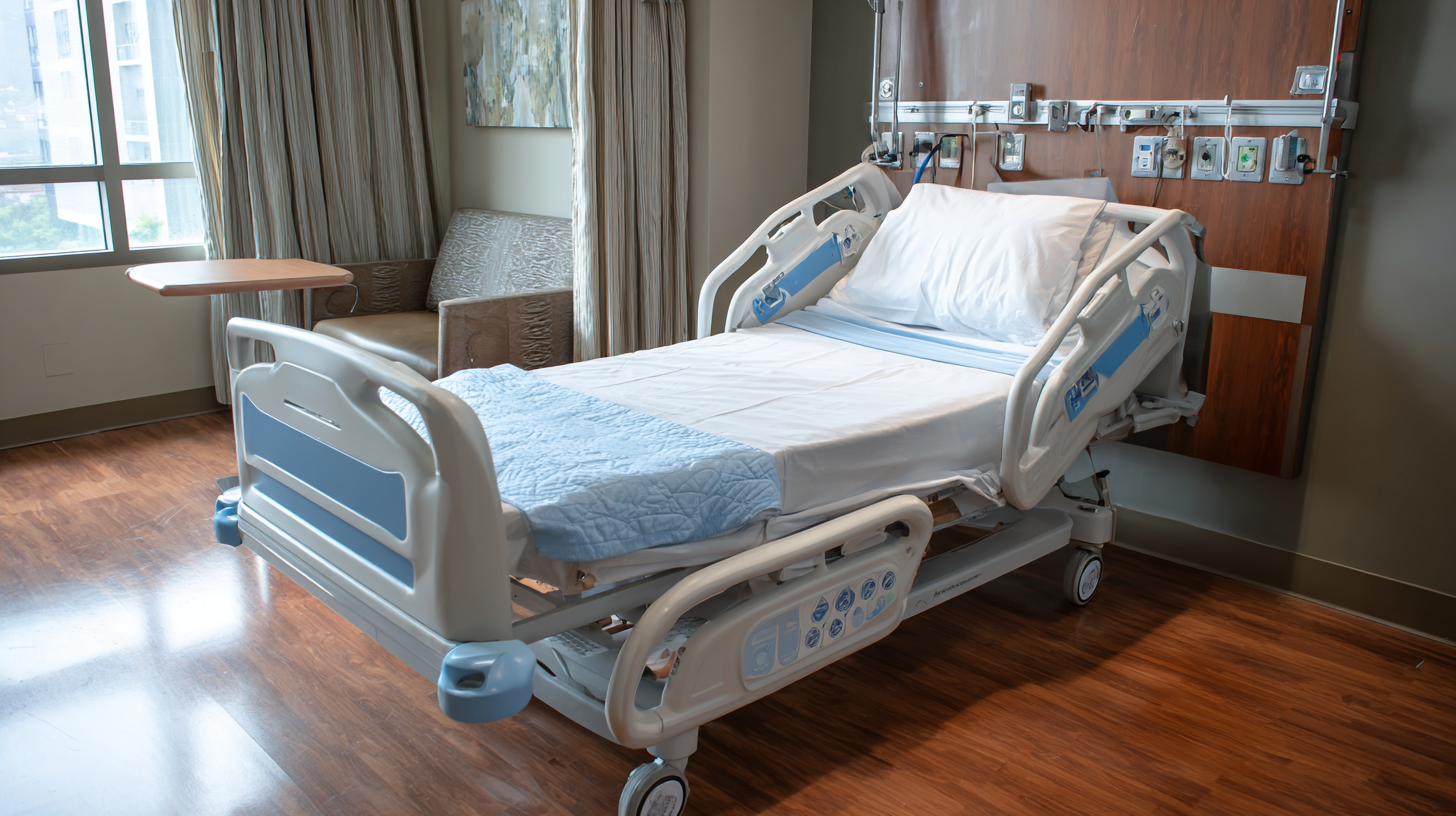
Key Features to Consider When Selecting a Hospital Bed for Patient Comfort
When you're choosing a hospital bed for your healthcare facility, patient comfort really should be at the top of your list. I’ve come across some research from the American Hospital Association that shows how much patient satisfaction depends on things like bed comfort and overall hospital accommodations. Beds that have adjustable features are a real game-changer — they help patients get better sleep and can boost their overall well-being. For example, beds that let patients easily change the head or foot sections make a huge difference, especially during recovery, since finding that perfect position really matters.
Another thing to keep in mind is what kind of mattress you're going with. There’s actually a study in the Journal of Nursing Care Quality that points out how pressure-relieving mattresses can really lower the risk of pressure ulcers — which are a big concern for folks who can’t move around much. Not only do these mattresses make things more comfortable, but they can also help cut down on healthcare costs related to wound care. Plus, choosing beds with surfaces that are easy to clean and made from antimicrobial materials can really boost hygiene and safety for patients. Picking a bed with these features isn't just about comfort — it’s about supporting better health outcomes overall.
Understanding Different Types of Hospital Beds: Which One Suits Your Facility?
So, when you're trying to pick the best hospital bed for your healthcare setup, it’s pretty important to get a good understanding of the different types out there. You’ll find hospital beds come in all sorts of styles, each one designed to meet specific needs—whether it’s for comfort, mobility, or ease of care. From manual beds to fully electric ones, each option has its own perks. For example, electric beds have become super popular lately because they let you adjust the height and positioning easily, which is a huge plus for patients who have mobility challenges. There are also specialized beds like bariatric or pediatric options, so you can be sure every patient gets the right kind of care.
According to the Global Hospital Bed Market Report 2021, the demand for more advanced healthcare infrastructure is really pushing innovation in this space. That’s why choosing the right model is such a big deal. Companies like Bewatec (Zhejiang) Medical Device Co., Ltd. are leading the charge here, offering smart devices that focus on patient comfort and safety, all while supporting the ongoing digital transformation in healthcare systems worldwide. Basically, it’s an exciting time with all these new tech options making patient care better than ever.
Assessing the Budget: How to Find Affordable yet Quality Hospital Beds
When you're setting up a healthcare facility, picking the right hospital beds really matters—not just for patient comfort, but also for keeping your budget in check. The first step is honestly figuring out what kind of budget you're working with. Start by setting a realistic number for how much you can spend on beds, and see if you can stretch a little for features like better mobility or specialty mattresses. Just be sure not to overreach; aim for that sweet spot where quality and price meet, making sure you're investing in something durable that will last.
And hey, going for cheaper options doesn’t mean you have to sacrifice quality. Doing some good research is key—check out different vendors, compare specs, and get a sense of the prices. It’s worth sticking to reputable manufacturers, especially ones that offer warranties or decent after-sales support, because that can save you headaches (and cash) later on. Also, don’t overlook the possibility of buying refurbished or gently used beds from trusted sources—they can be a real money-saver while still meeting your facility’s needs. Long story short, with a bit of planning and being informed, you can find beds that balance affordability and quality without too much hassle.
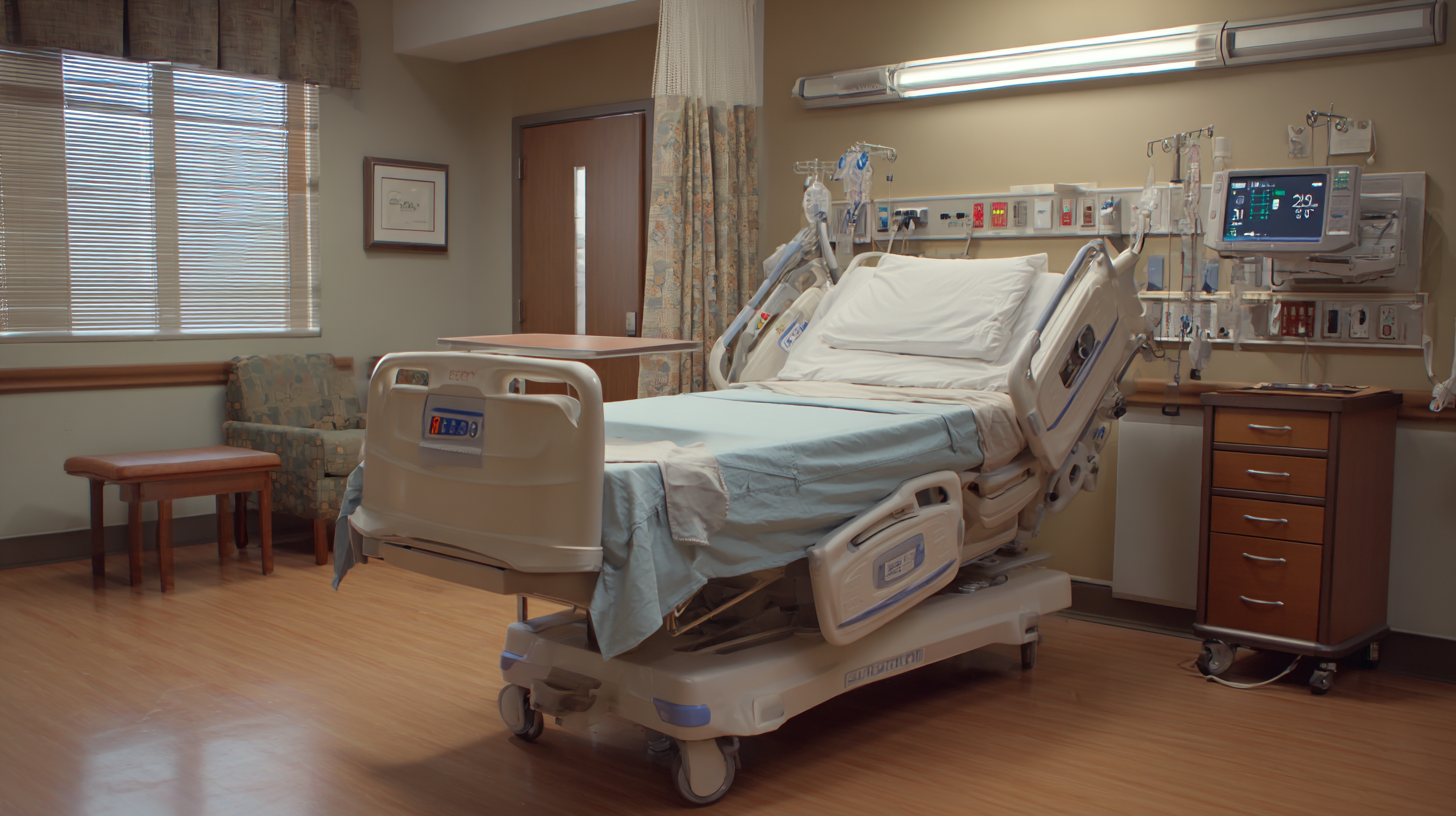
Safety Standards and Regulations for Hospital Beds: What You Need to Know
When you're choosing a hospital bed for your healthcare facility, it’s really important to get a good grasp of the safety standards and regulations out there. Organizations like the American National Standards Institute (ANSI) and the Food and Drug Administration (FDA) put out strict guidelines that cover how hospital beds should be designed and function.
For example, a report from the International Organization for Standardization (ISO) in 2022 mentioned that sticking to these standards can cut down bed-related patient injuries by as much as 30%. That just goes to show how critical it is for healthcare providers to prioritize safety when making their choices.
As patient care gets more and more complex, technology in hospital beds has become a big deal. Companies like Bewatec (Zhejiang) Medical Device Co., Ltd. are leading the way by integrating smart tech that makes beds safer and more comfortable for patients. Things like automated adjustments and monitoring systems not only help prevent falls but also make the whole care experience smoother. A market analysis from 2023 found that hospitals using these advanced beds see about a 25% boost in patient outcomes. So, it really highlights how important it is to follow safety standards, but also to stay open to new innovations in healthcare.
Maintenance and Durability: Ensuring Longevity in Hospital Bed Selection
When you're choosing hospital beds for your healthcare facility, things like maintenance and durability really matter—they can make a huge difference in patient care and how smoothly everything runs. I came across a report from Global Market Insights that projects the hospital bed market hitting around $4 billion by 2026. That just shows how much folks are looking for sturdy, long-lasting beds these days. Picking beds made from good quality materials and with smart design features helps cut down on wear and tear, so they stay safe and comfy even after lots of use.
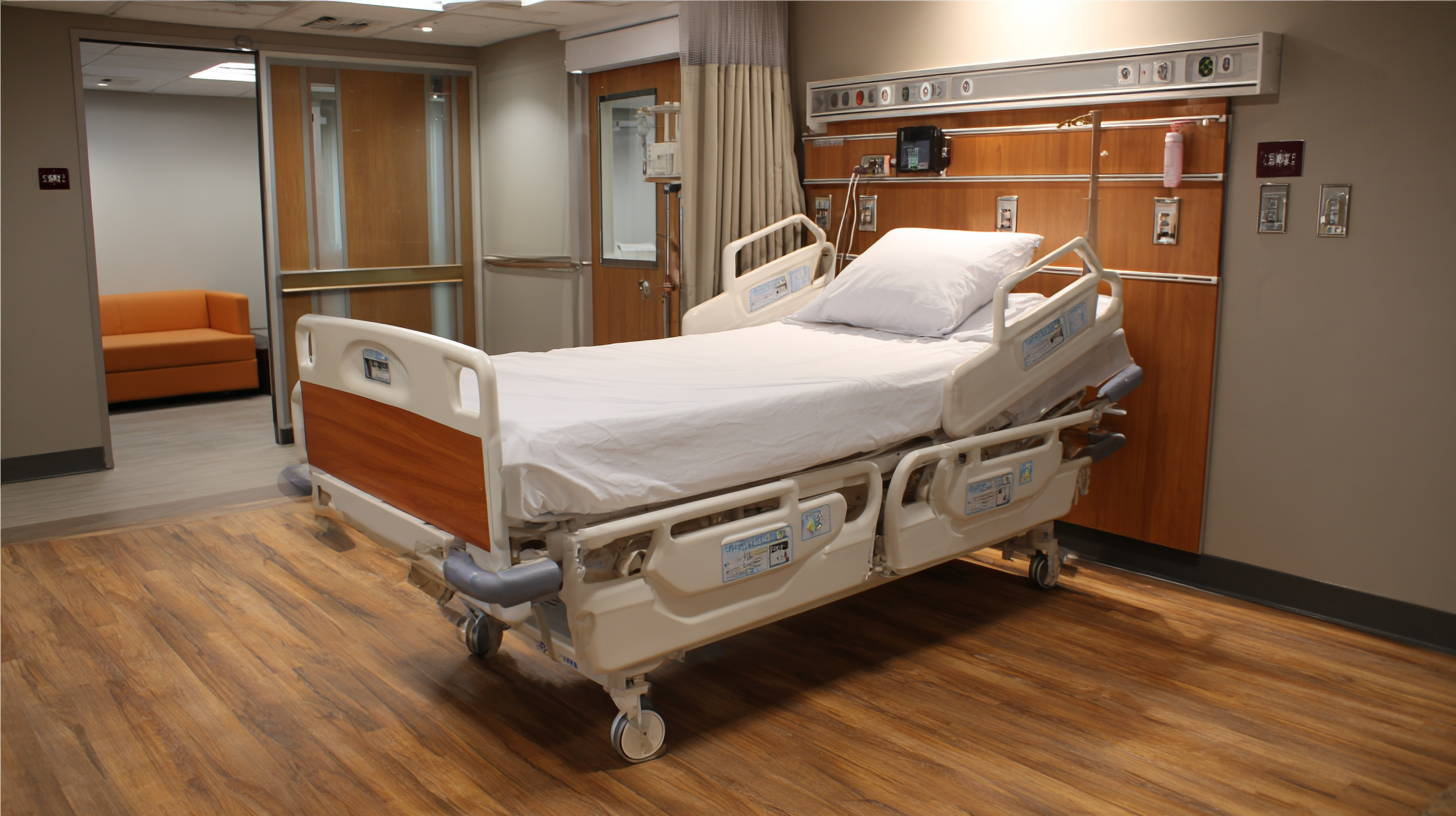
There was also a recent study in the Journal of Hospital Medicine that found durable beds can cut maintenance costs by up to 20%. So, if you invest in beds with reinforced frames or surfaces that are easy to clean, you’re probably going to spend less on repairs and replacements. Plus, newer designs often include features that make routine maintenance simpler for staff—meaning less downtime and more availability for the critical needs of your patients. Honestly, focusing on durability and easy maintenance isn’t just about safety; it’s also a smart move for the long-term health of your facility’s budget.
Customization Options: Tailoring Hospital Beds to Meet Specific Patient Needs
When it comes to choosing hospital beds for healthcare settings, customization really makes a big difference, you know? Today’s hospital beds come with all sorts of features that you can tweak to boost patient comfort and improve outcomes. Things like adjustable heights or specialized mattresses aren’t just fancy add-ons—they really help tailor care to each patient, which can speed up healing and make the overall experience a lot nicer. Healthcare teams can go for beds that have lateral tilt, adjustable backrests, or even automated controls, all of which make it easier to accommodate different mobility needs. That way, transferring patients becomes simpler and the risk of falls drops quite a bit.
And it’s not just about the features—design and accessibility matter too. For patients with specific conditions, like obesity or those after surgery, beds can be modified to provide extra space, better support, and safety features to suit their needs. Accessories like side rails, IV poles, or patient control units can be customized to fit perfectly into the unique environment of each healthcare facility. Spending a little extra on these customizable beds isn’t just good for patient satisfaction—it also gives healthcare providers the tools they need to deliver the best possible care, every single time.
Ultimate Checklist for Choosing the Best Hospital Bed for Your Healthcare Facility
| Feature | Importance Level | Customization Options | Considerations |
|---|---|---|---|
| Adjustable Height | High | Electric or Manual Adjustment | Patient mobility and caregiver access |
| Side Rails | Medium | Height and Material Options | Safety of patients with mobility issues |
| Mattress Type | High | Foam, Gel, or Air | Pressure relief and comfort |
| Weight Capacity | High | Standard vs. Heavy-Duty | Compliance with patient needs |
| Mobility Features | Medium | Wheels, Easy Maneuvering | Transporting patients safely |
| Infection Control | High | Antimicrobial Materials | Reducing infection risks |
Elevate Your Hospital Stay: Functional and Stylish Bedside Tables for Patient Comfort
In a healthcare environment, patient comfort is paramount, and the right furnishings can significantly enhance the overall experience during hospital stays. Bedside tables, often an overlooked aspect of patient care, serve not only a functional purpose but also contribute to the aesthetics of the room. According to a recent report by the Healthcare Design Magazine, environments that prioritize both functionality and comfort can lead to a 20% improvement in patient satisfaction scores. Therefore, selecting the right bedside table is crucial for creating a welcoming atmosphere.
Modern bedside tables are designed to be aesthetically pleasing, lightweight, and sturdy, striking the perfect balance between style and practicality. The latest industry trends indicate that patients appreciate furniture that complements the decor of their room while also providing ample storage and easy access to their belongings. Features like drawers and adjustable height options cater to patients with varying mobility needs, ensuring that everyday items are within reach without compromising safety.
Furthermore, a sturdy structure is essential to withstand daily use in a hospital setting. A study published in the Journal of Patient Experience highlights that patients are more likely to engage with their care providers positively when their environment feels both comfortable and well-ordered. Choosing functional and stylish bedside tables can contribute significantly to a healing space, making a patient's stay more pleasant and promoting a sense of home even in a clinical environment.
FAQS
: Maintenance is crucial in hospital bed selection because it can significantly reduce operational costs and downtime. Durable beds can minimize the need for repairs and replacements, leading to better financial sustainability for healthcare facilities.
Durable hospital beds can reduce maintenance costs by up to 20%, as they are designed to withstand frequent use and minimize wear and tear, lowering the likelihood of repairs and replacements.
Features such as reinforced frames and easy-to-clean surfaces enhance the durability of hospital beds, making them more robust for frequent use.
Customization options for hospital beds include adjustable heights, specialized mattresses, lateral tilt, adjustable backrests, and automated controls to cater to specific patient needs.
Customization improves patient care by allowing for tailored features that enhance comfort and support clinical outcomes, promoting quicker healing and improving the overall patient experience.
Yes, hospital beds can be modified to accommodate specific patient conditions, such as obesity or post-operative care, by providing additional space, support, and safety features.
Accessories like side rails, IV poles, and patient control units can be customized to fit the unique needs of the patient population in a healthcare environment.
Investing in customizable hospital beds empowers healthcare professionals to deliver optimal care more effectively by providing the flexibility to address diverse patient needs.
The hospital bed market is projected to reach USD 4 billion by 2026, indicating an increasing demand for durable and efficient hospital bed solutions.
Conclusion
Picking the right hospital bed might seem like a small detail, but trust me, it really makes a difference in patient comfort and the quality of care. Think of this as your go-to checklist—covering all the essentials like adjustable features, safety standards, and durability—to help you find a bed that’s perfect for your patients’ needs. Knowing the different types of hospital beds out there can actually save you a lot of hassle, helping you choose options that fit your facility’s services and budget without sacrificing quality.
Plus, many beds now offer customization options, allowing healthcare providers to tweak them for individual patients. That means more personalized care, which patients really appreciate. With Bewatec’s focus on smart medical solutions and digital innovation, healthcare facilities can rest assured that their choices in hospital beds will meet modern standards—delivering better comfort, safety, and efficiency. All this, ultimately, leads to better outcomes for patients—and that’s what really matters.
Related Posts
-

Finding Top Quality Medical Bed Suppliers A Comprehensive Checklist for Success
-

2025 Trends in Healthcare: How to Choose the Best Hospital Equipment Bed for Your Facility
-

Future Innovations in IoT Sleep Health Solutions for 2025 and Beyond
-

Elevating Global Healthcare: Why 'Best China Factory Wholesale Hospital Bed' Sets New Quality Standards
-
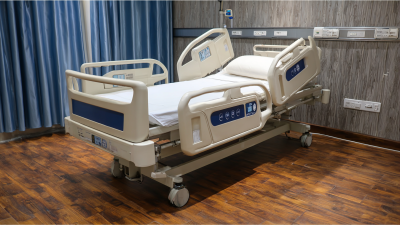
7 Compelling Reasons to Choose a Patient Bed With Mattress for Optimal Comfort
-

7 Essential Tips to Choose the Best Equipment for Your Hospital




